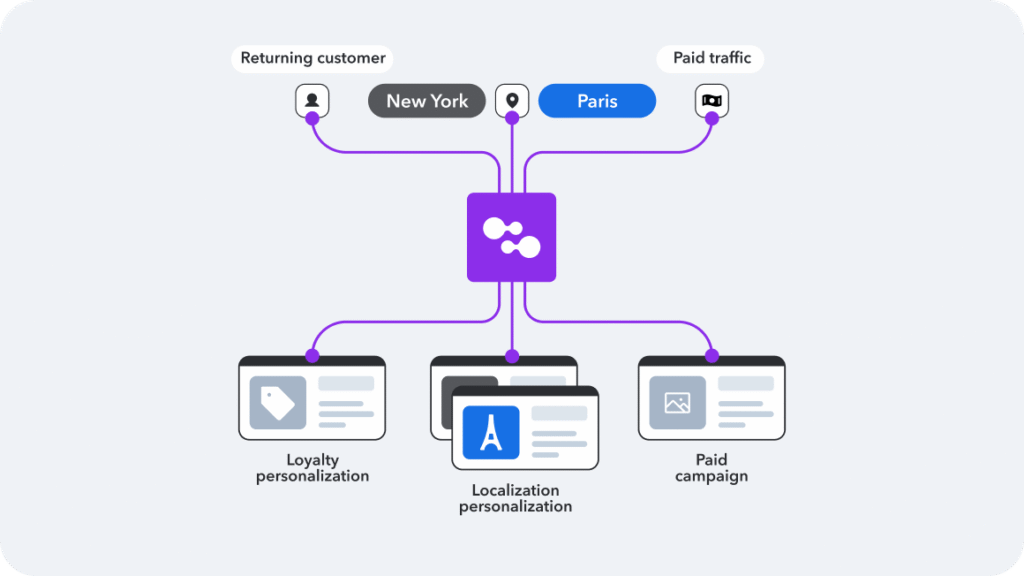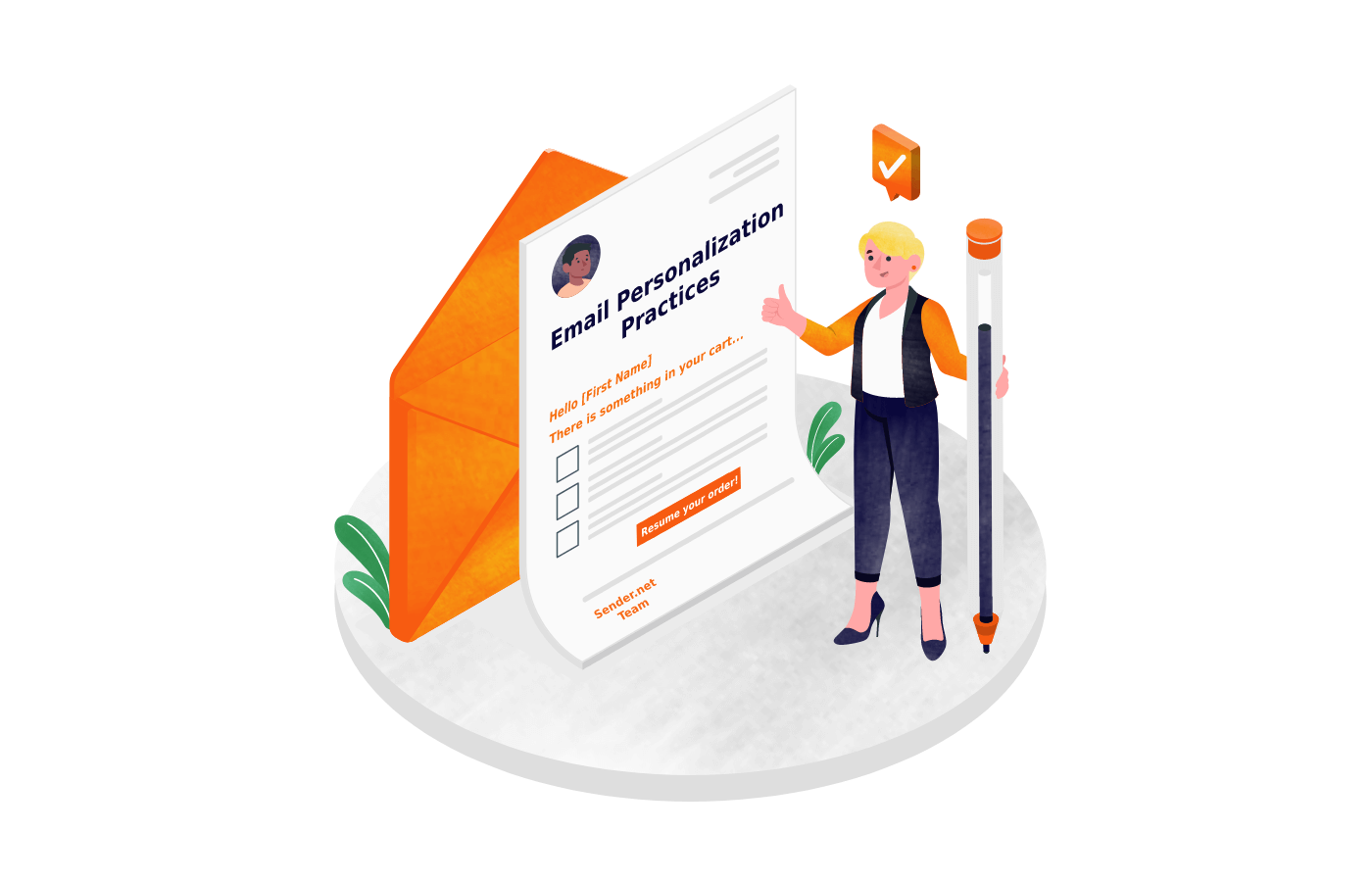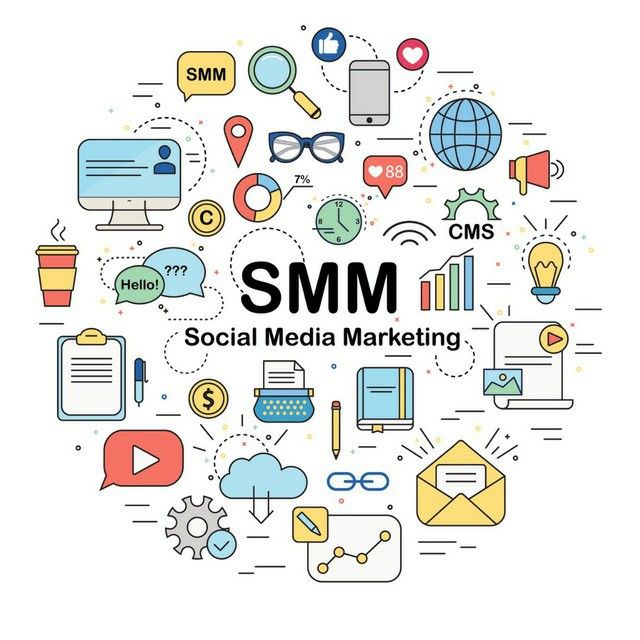Easy Tricks to Personalize Your Email Campaigns Without Spending Hours
Creating personalized email campaigns can boost your open rates, click-throughs, and sales. But many marketers feel stuck because personalization often sounds time-consuming and complicated. Get more done in less time with email campaign ideas that connect with your audience—fast and easy. The good news? You don’t need to spend hours tweaking each message. Small, smart tricks can help you craft relevant emails quickly and easily. Here are simple ways to make your email marketing more personal—without the extra work.

Streamline Your Data Collection to Enable Quick Personalization
Use Customer Data Segmentation for Rapid Personalization
Segmenting your audience lets you send more relevant emails fast. Email Campaigns Group contacts by basic info like age, location, or shopping habits. Most email platforms and CRM tools like Mailchimp or HubSpot make this simple. For example, if you sell clothes, tagging customers by their favorite styles helps you send targeted offers. Shopify customers, for example, can be tagged by purchase history, making segmentation a breeze.
Leverage Existing Data with Minimal Effort
Focus on data you already have. Recent purchases or browsing history give you a lot of clues about interests. Set up automatic updates so data stays fresh—no manual work needed. If someone bought running shoes, you can target them with new athletic gear later. The goal: use data you gather without extra steps.

Implement Forms and Surveys for Better Data Gathering
Drop quick forms on checkout pages or landing sites. Ask what they prefer or what they’re interested in. Keep surveys short—3 to 5 questions max—to avoid frustrating your contacts. For example, a quick quiz about favorite products can give you details to personalize future emails. A real-world case showed brands using short surveys boosted engagement because customers felt understood.
Use Templates and Dynamic Content for Fast Personalization
Develop Modular Email Templates
Create reusable email campaign templates with placeholders for personal info. Use tools like Mailchimp or HubSpot to drag and drop content blocks. Insert places for names, locations, or recent purchases. This way, you don’t start from scratch each time. It saves time and keeps your branding consistent.
Incorporate Dynamic Content Blocks
Add blocks that automatically change based on the recipient’s data. For example, display different product picks depending on what someone browsed online. Email Campaigns Monitor reports that emails with dynamic content can lift click rates by up to half. These automatic swaps make your emails feel tailored without extra effort.
Automate Personalization with Email Marketing Tools
Set up workflows that send the right message at the right time. Want to welcome new subscribers? An automatic email that combines their name and favorite category makes them feel special immediately. Automations scale easily and save you hours each week.
Personalize Subject Lines and Preview Text for Higher Open Rates
Craft Customized Subject Lines
Start with the recipient’s name or location. A line like “Sara, your new shoes are here!” feels personal and grabs attention. Do A/B tests—try two options to see which gets more opens. For quick tests, change just one element.
Optimize Preview Text for Context
The preview text appears right under the subject line. Use it to hint at personalized content inside. Keep it short and relevant. For example, “Your exclusive discount on summer styles” works well. Better preview texts boost open rates by making people curious.

Use Personalization Tokens Effectively
Most email tools let you insert tokens that automatically fill in personal details. Place these carefully—name, location, or recent activity. For example: “Hi |FirstName|, we picked something just for you.” This quick tweak can greatly improve your open percentage.
Automate and Schedule Personalized Email Campaigns for Efficient Delivery
Set Up Behavioral Triggers
Use automation to act on what people do. Abandoned cart emails remind shoppers of what they left behind. Recommending products based on pages visited also feels personal. These triggers send timely, relevant messages without manual effort every time.
Schedule Based on Recipient Time Zones and Preferences
Send emails when your contacts are most likely to check their inbox. Adjust schedule times based on their location and past interaction times. This small step can boost open and click rates significantly.

Use AI and Machine Learning for Smarter Personalization
Some advanced tools analyze customer data automatically. They suggest what to promote next or predict what someone might buy. AI takes the guesswork out of personalization and helps you deliver smarter, highly relevant messages, all without extra effort on your part.
Conclusion
Personalizing your email campaigns doesn’t have to take hours or require complicated setups. Focus on collecting the right data—segment your audience, use existing information smartly, and ask for quick input. Develop reusable templates and dynamic content that automatically adapt. Craft attention-grabbing subject lines and preview texts. Automate your workflows to deliver personalized messages at the perfect moments.
By using these straightforward tricks, you make your emails more relevant—without spending excessive time. Consistent, targeted personalization builds stronger relationships, increases engagement, and boosts your ROI. Keep it simple, stay focused, and watch your email marketing thrive.
Frequently Asked Questions
How can I quickly add a personal touch to my emails?
Use merge tags to include the recipient’s name and recent activity. Small details make yourEmail Campaigns feel more friendly.
What’s the simplest way to segment my email list?
Divide contacts based on their past purchases or interests. This lets you send more relevant offers fast.
How do I automate personalized emails?
Use automation tools to send messages triggered by actions like sign-ups or browsing. It saves time and feels personal.
Can I personalize emails without complex tools?
Yes, use templates with placeholders for names or dates. Fill in details quickly before sending.
How often should I personalize my emails?
Make small tweaks for each campaign—personalize subject lines and greetings. Don’t overdo it; keep it simple.







